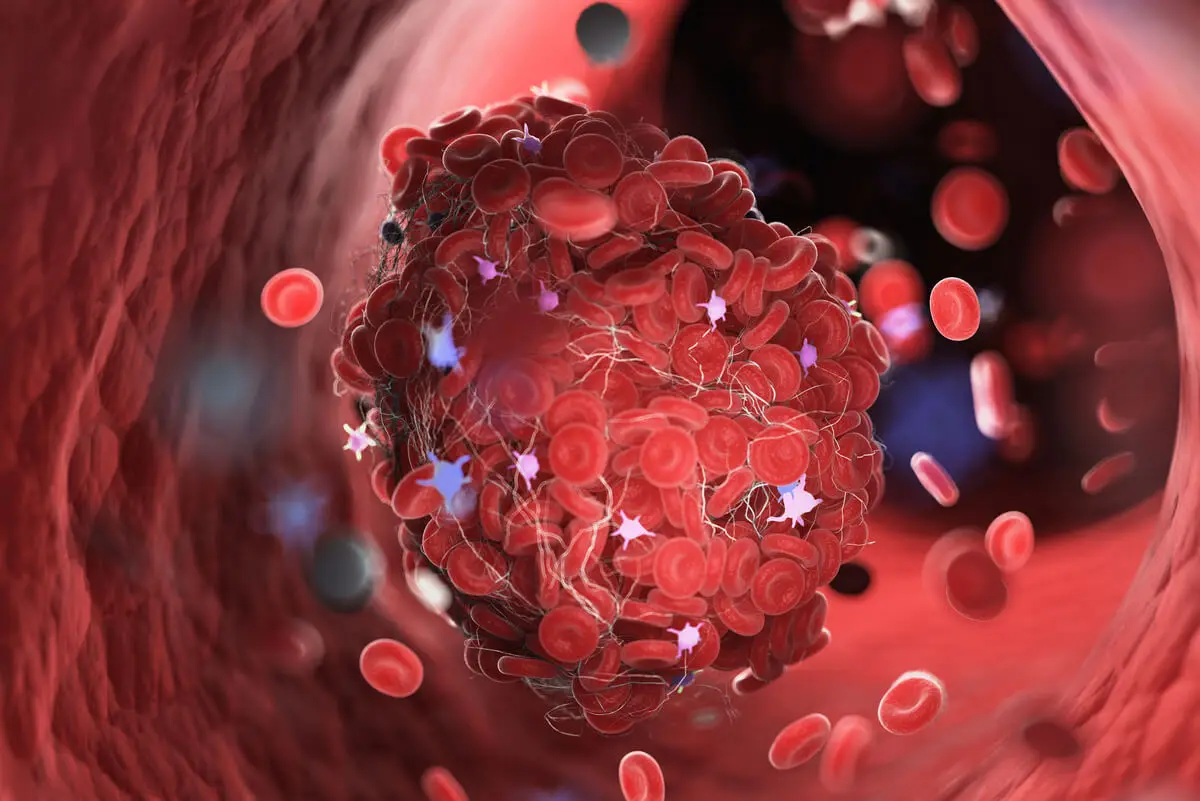The Different Types of Hemophilia


Reviewed and approved by the doctor Diego Pereira
Hemophilia is an inherited bleeding disorder in which blood has lost its ability to clot. It’s usually classified according to its severity, and patients may have mild, moderate or severe hemophilia. We can also distinguish several types of hemophilia, which are determined based on the particularities that prevent clotting.
As the National Hemophilia Foundation reminds us, bleeding in diagnosed patients can be both external and internal. The disorder has no cure, but there are treatments based on injections to stop or reduce the chances of bleeding. Let’s look at the types of hemophilia to learn more about the condition.
Main types of hemophilia
Researchers believe that there are currently around 400,000 hemophiliacs worldwide. Not all have the same intensity in terms of bleeding episodes, as well as the etiological variant developed. Indeed, there are several types of hemophilia.
Most physicians support the existence of 3 types of hemophilia: A, B and C. In the following lines, we detail the characteristics of these manifestations.
Hemophilia A

Hemophilia A is a bleeding disorder caused by the absence of clotting factor VIII. It is more common in males than in females and accounts for an average of 85% of hemophilic patients. In other words, hemophilia A is the most common manifestation of this bleeding disorder.
You may be interested in: The 9 Main Causes of a Bleeding Nose
In general, this variant develops due to a defective X-linked gene. Patients inherit this gene which directly impacts the blood clotting trait. Since females have two X chromosomes, the second one can replace the deficiency of the first one. Males have only one, so this explains why it’s more common in males.
There are two possibilities: the body may produce too little of the protein responsible for clotting or none at all. Between 50% and 60% of patients with this variant develop a severe condition, so that they require ongoing care throughout their lives.
Hemophilia B
In this case, patients have a deficiency in the production of factor IX protein. Their body may produce too little of this protein or none at all. Depending on this, you’ll be diagnosed with a mild, moderate, or severe form of the condition.
Be sure to read: Hemophilia in Women: Everything You Need to Know
It’s important to note that neither in hemophilia A, nor in hemophilia B, nor in the other types of hemophilia do patients bleed at different rates. They bleed at the same rate as the others, just for a longer period of time. Clotting factor IX is located on the X chromosome, so males are more likely to develop it, as explained above.
It is a rare condition, but no more dangerous than hemophilia A. In fact, according to researchers, patients usually have a better long-term prognosis. This variant is sometimes referred to as Christmas disease.
Hemophilia C

As Stanford Health Care points out, some scientists distinguish a third type of hemophilia called hemophilia C. It’s also known as Rosenthal syndrome, and researchers refer to it when describing the deficiency in the production of factor XI.
Among the types of hemophilia it’s the least common, and, in general, cases are usually very mild. It differs from the others in that it doesn’t cause bleeding into the joints or muscles. It affects men and women equally, especially those of Ashkenazi Jewish ancestry (prevalence is around 8%).
Being aware of the types of hemophilia is one way to raise awareness of the disease. It’s an incurable condition that requires the commitment of patients to reduce complications during their lifetime. Everyone should be monitored by a specialist and know the plan of action in case of a cut or internal bleeding.
All cited sources were thoroughly reviewed by our team to ensure their quality, reliability, currency, and validity. The bibliography of this article was considered reliable and of academic or scientific accuracy.
- Bane, C. E., Neff, A. T., & Gailani, D. Factor XI deficiency or hemophilia C. Hemostasis and Thrombosis: Practical Guidelines in Clinical Management. 2014; 71-81.
- James, P. D., & Goodeve, A. C. von Willebrand disease. Genetics in Medicine. 2011; 13(5), 365-376.
- Mehta, P., & Reddivari, A. K. R. Hemophilia. 2019.
- Santagostino, E., & Fasulo, M. R. Hemophilia A and hemophilia B: different types of diseases?. In Seminars in thrombosis and hemostasis (Vol. 39, No. 07, pp. 697-701). Thieme Medical Publishers. 2013.
This text is provided for informational purposes only and does not replace consultation with a professional. If in doubt, consult your specialist.








